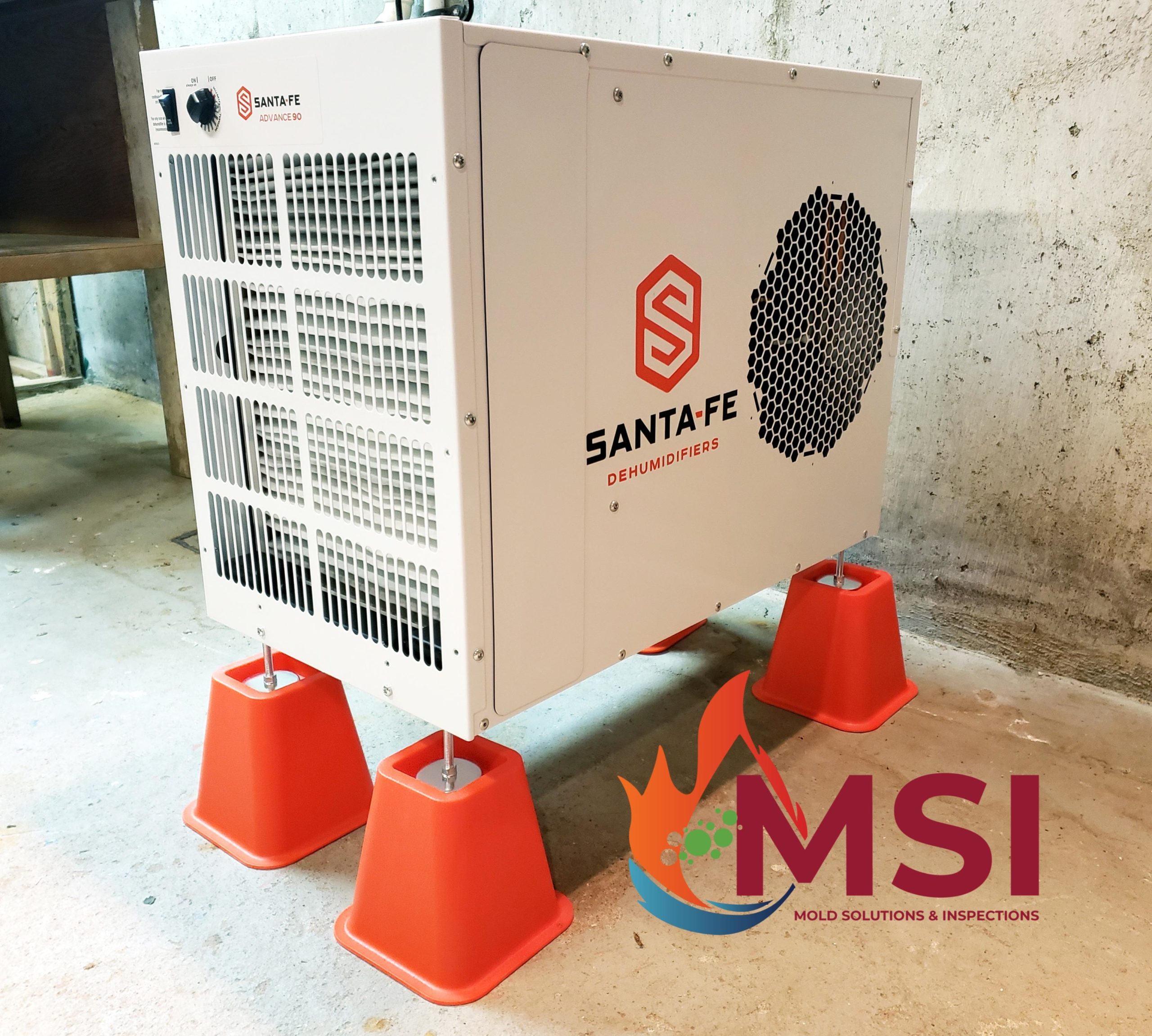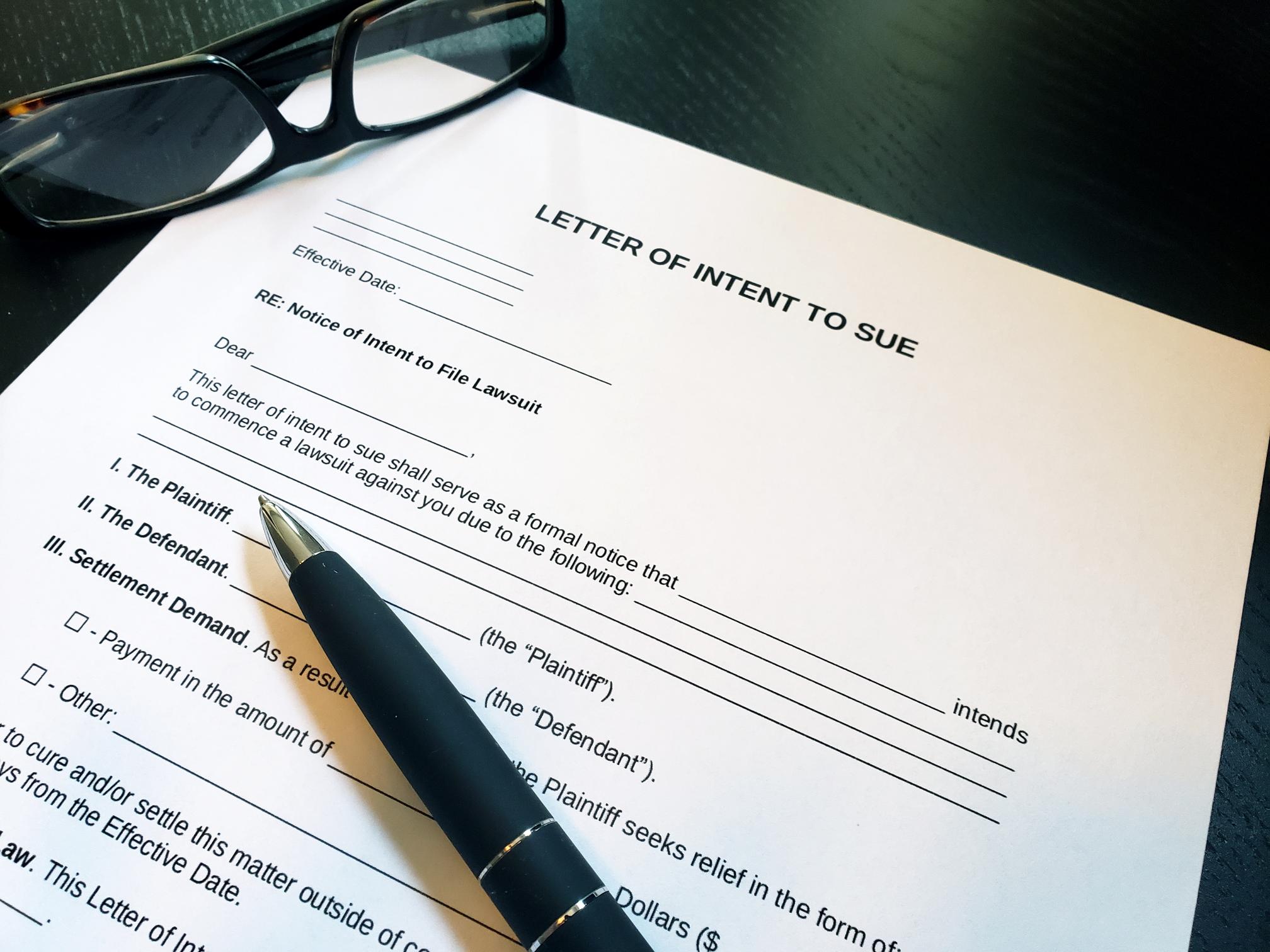In order to grow, mold needs moisture, oxygen, a food source, and a surface to grow on. Mold spores are commonly found naturally in the air. If spores land on a wet or damp spot indoors that contains dust for them to feed on, mold growth will soon follow. Wall-to-wall carpeting, as well as area rugs, can provide an ample breeding ground for mold if conditions are right. At especially high risk for mold growth are carpeting located below ground level in basements, carpet in commonly moist or damp climates, and carpet that has been wet for any period of time.
Preventing Mold on Carpeting
The best method for combating mold is to not allow mold growth in the first place. The best way to do so is by ensuring that conditions conducive to growth do not exist. Below are some ways to prevent mold growth in carpets.
- Reduce indoor humidity. The use of dehumidifiers will help control moisture in the air, depriving mold spores of the water they need to grow into mold. A range of 30% to 60% humidity is acceptable for interiors.
- Install intelligently. Do not install carpeting in areas that are likely to be subject to frequent, high moisture. Carpet in a bathroom, for example, will quickly turn to a breeding ground for mold growth due to the high humidity from constant water use in that area.
- Choose high-quality carpet padding. Solid, rubber-slab carpet padding with anti-microbial properties is available. It is slightly more expensive than other types of padding but can be helpful for preventing the growth of mold, especially in climates prone to periods of high humidity.
- Never allow standing water. Carpet exposed to standing water will quickly be ruined. If standing water ever occurs because of a leak or a spill, all carpeting exposed must be immediately cleaned and dried. The top and bottom surfaces of the carpet, any padding, and the floor underneath must be cleaned and completely dried within a short period of time after exposure to standing water if the carpet is to be saved. If a large flood has occurred, or if standing water has been present for any extended period of time, the carpet will probably need to be replaced.
- Clean smart. When carpeting needs to be cleaned, try to use a dry form of cleaning, when possible. If any water, liquid, or other moisture has come in contact with the carpet during cleaning, be sure it is dried thoroughly afterward.
For more information, visit our website at Biowashing.com








